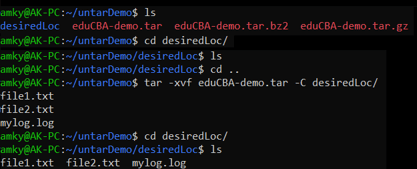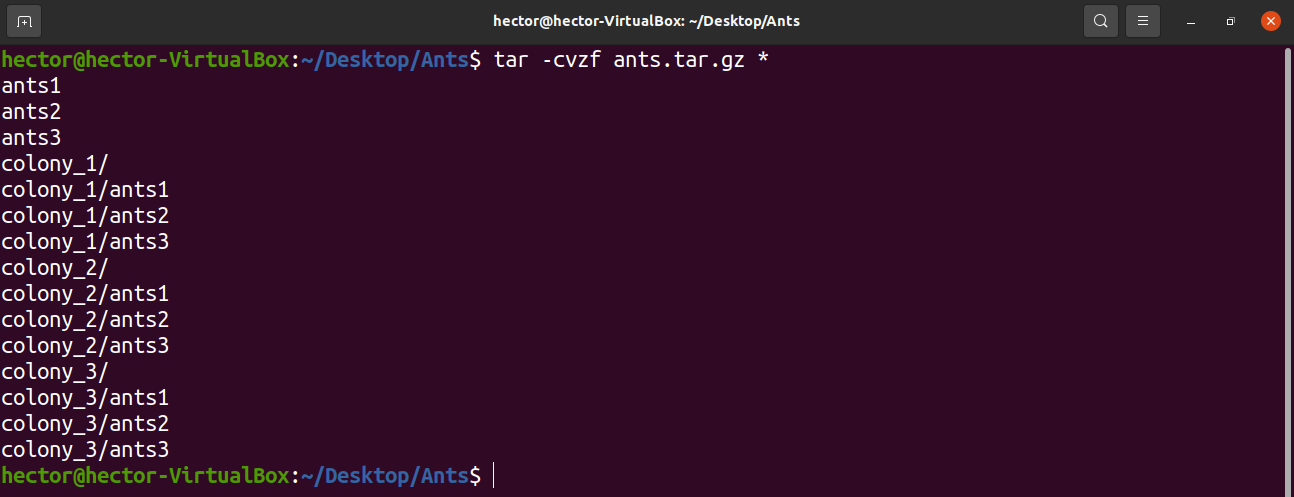

In a shell, the process is basically the same.
UNTAR FILE HOW TO
To look at a list of all the files in a tarball, enter: $ tar -tvf How to create a tarball For example, to extract the entire archive, enter: tar -zxvf How to list files in the archive:
UNTAR FILE ARCHIVE
If you want to extract an entire archive, you’ll need to specify the archive file name with no individual file names as arguments. How to untar tar.gz archives in their entirety: You only need to add the -z option when you’re extracting files from a .tar.gz file. You’ll notice that you don’t need to use the -z option to list the files. Sometimes, it’s fine to untar tar.gz files without even looking in them, but if you want to look before you untar, you can examine the contents of a tar file before you untar it by using the list option (-t). If you want to untar a tar file, you’ll need the -x and -f options.
UNTAR FILE UPDATE
You can use Tar (available on Linux) to extract files from previously created archives, to store extra files, and even to update files that were previously stored.įiles that have a. The Tar program lets you store files on magnetic tape.

Making an uncompressed tar archive with -cvf option Some of the important examples which are widely used in tar command are as follows: 1. It can be also used for compressing files to consume less storage space. These files are used for collecting more than one data file together in an individual file for easier storage and portability. The archive file can be defined as a file that contains multiple files with metadata.

-r: This option is used for updating and adding a directory or file in an existing.
UNTAR FILE ZIP FILE
-z: It is a zip file and informs the tar command that makes a tar file with the help of gzip.

-j: It is used for filtering archive tar files with the help of tbzip.-v: It can be used to show verbose information.-A: This option is used for concatenating the archive files.-t: It is used for displaying or listing files inside the archived file.-u: It can be used for adding an archive to the existing archive file.-x: This option is used for extracting archives.-f: This option is used for creating an archive along with the provided name of the file.-c: This option is used for creating the archive.Various options in the tar command are listed below:


 0 kommentar(er)
0 kommentar(er)
